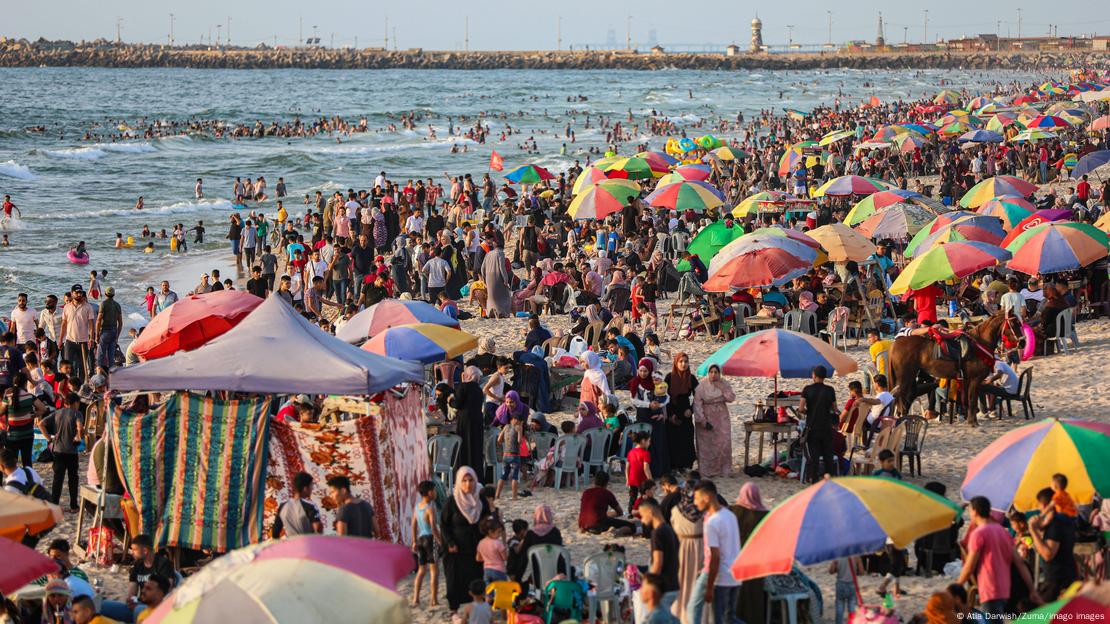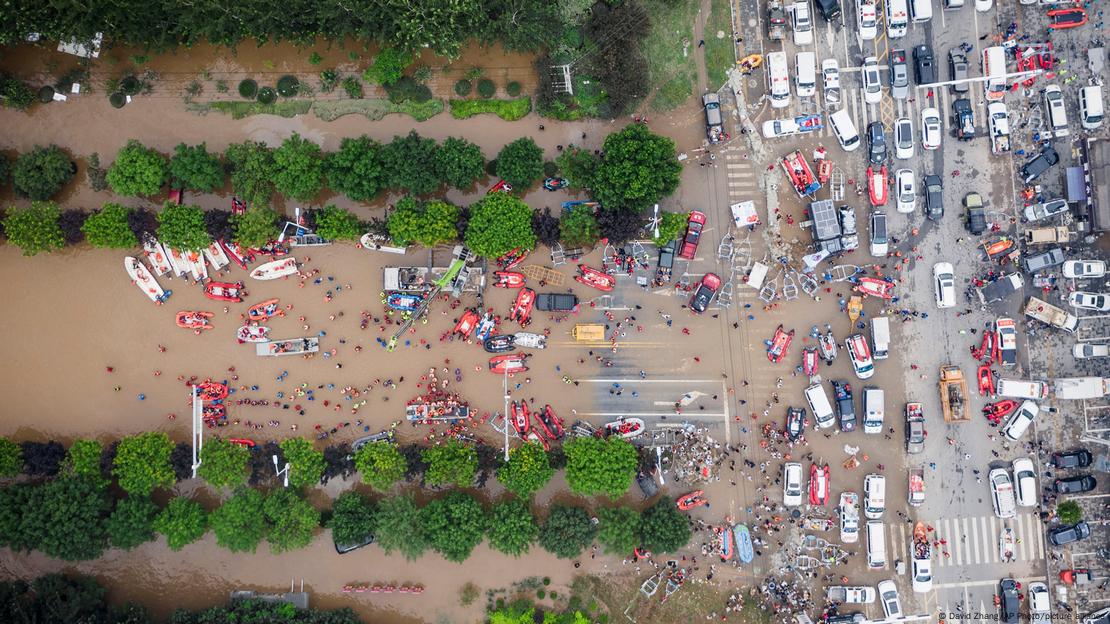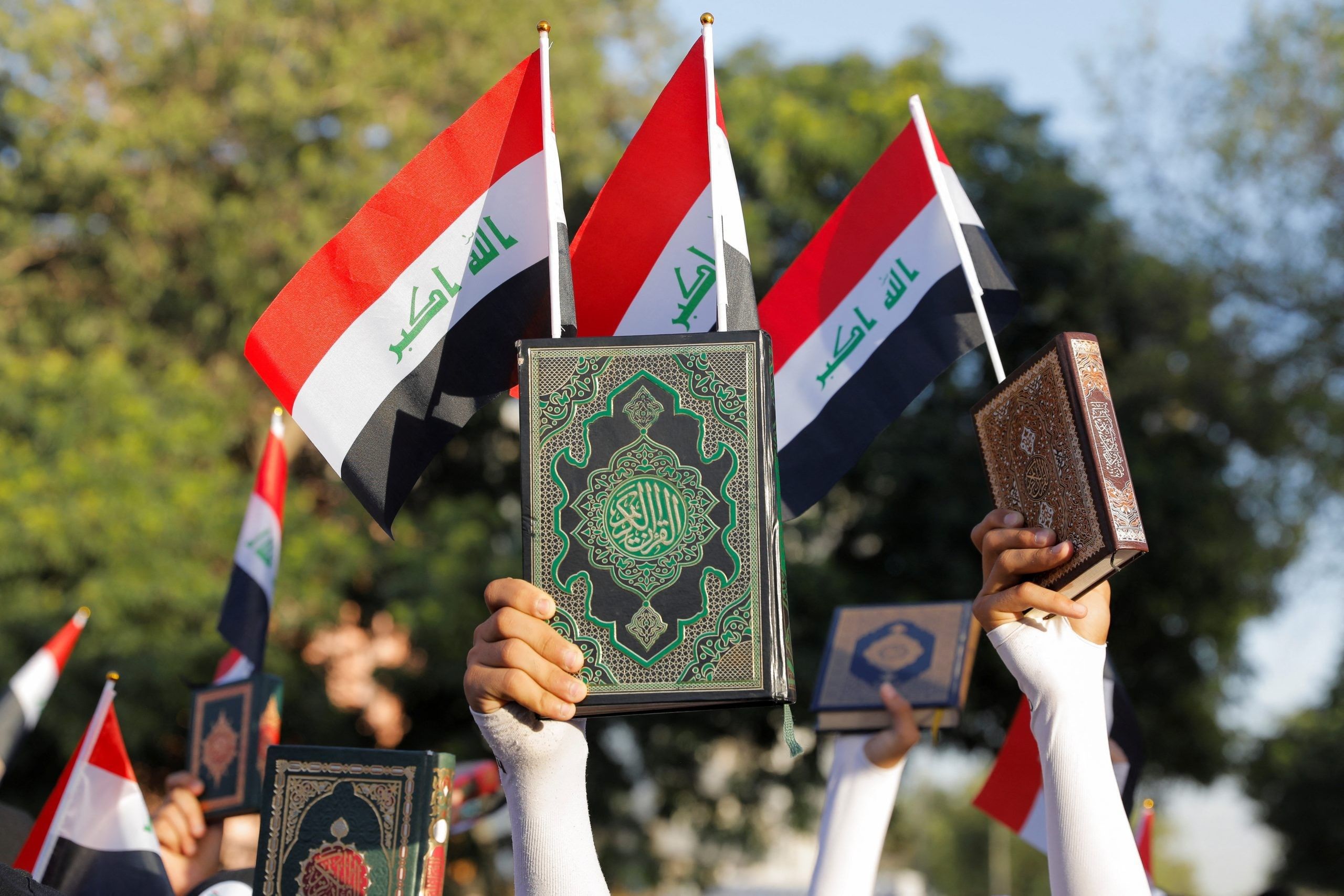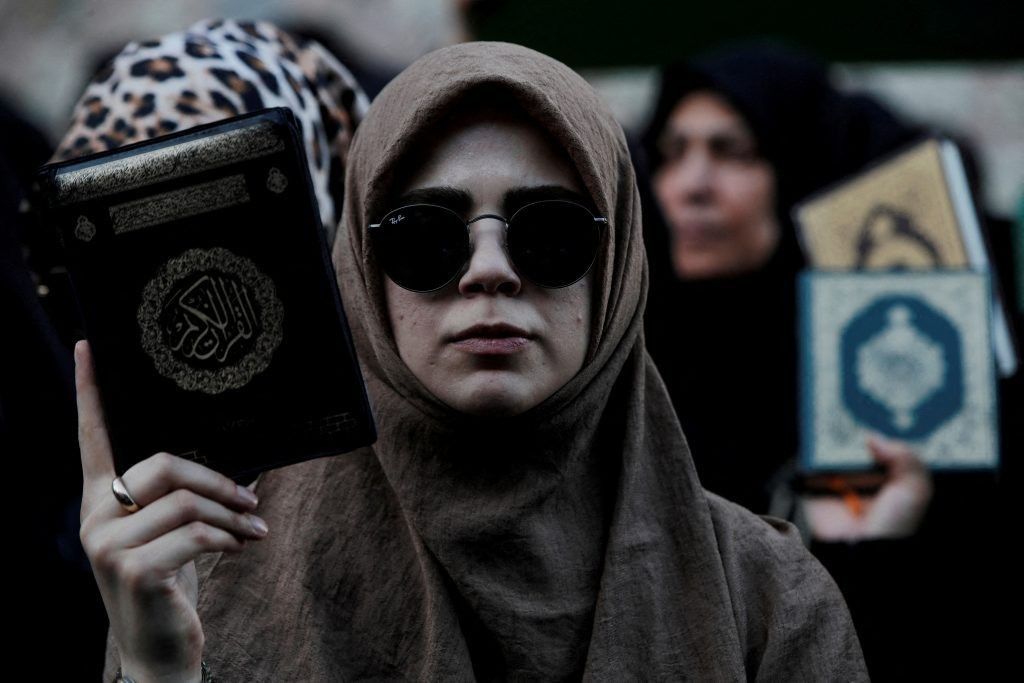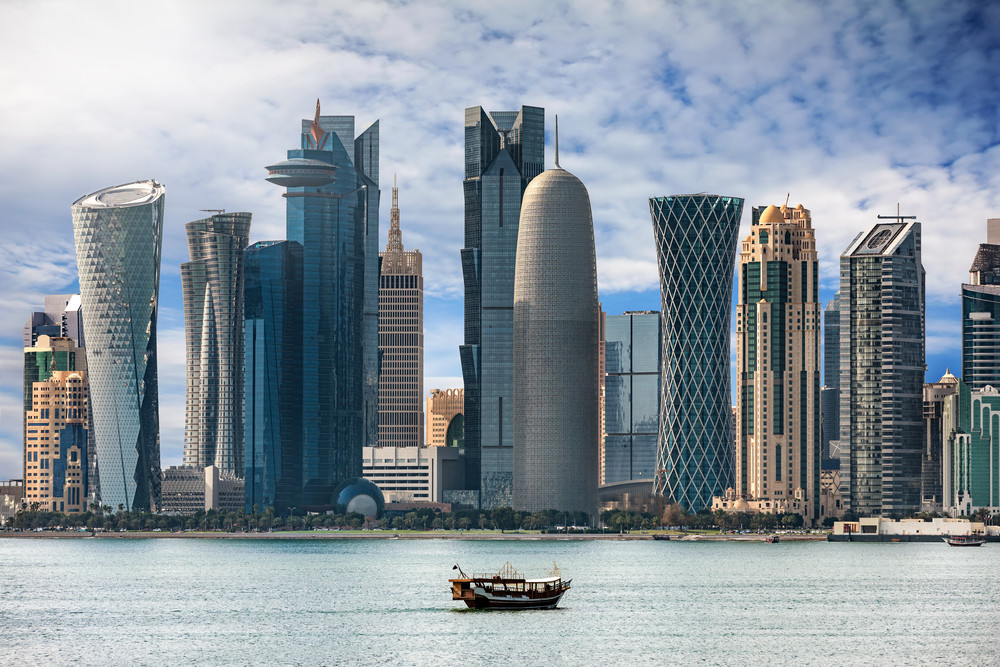Half a year after massive earthquakes devastated southeastern Turkey, locals are still faced with enormous problems, including with sanitation, housing and access to clean water.
Burak Ünveren
DW
On February 6 this year, massive earthquakes devastated regions of southeastern Turkey and northern Syria. Some 60,000 people in Turkey lost their lives and 125,000 more were injured. Thirteen cities were impacted by the catastrophe, including the city of Atakya in the southeastern Turkish province of Hatay. The mood in the region is still quite somber, but life continues, even though many people have been forced to live in tents.
Leyla Seker is one of many people who lost their homes in the earthquake. Today, the 65-year-old lives alone in a tent, like thousands of other people in the region. She has set up her tent in the neighborhood where she used to live, on a field next to some 10 other people.
She's still mourning the loss of her mother and her sister, both of whom were killed during the quake. "But they're not the only ones who died. My uncle's son died along with all 15 members of his family," Seker says.

Historically significant buildings like the Hatay Parliament Building and a 1,500-year-old mosque collapsed as well. Seeker explains the city isn't the same anymore. "It's like a ghost town here," she says with tears in her eyes. Her house was so severely damaged by the earthquake that it had to be demolished last month. She occasionally visits the rubble of her old home to think about the old days.
Dire living conditions
Even though the earthquake was half a year ago, the living conditions for many residents in Hatay remain very bad. Above all, many people are worried about the lack of clean drinking water.
"It's become too much. There hasn't been a drop of water here in six months. Some people have their own wells that they rely on for clean water, but we've got nothing. There's nothing here other than diseases and flies,” Leyla Seker explains.
The damage to the region's water supply still hasn't been repaired. Residents currently have two options to get water: Either they buy it in the supermarket, or they drink the water that was provided to them by state-backed aid organizations.
But Leyla Seker is diabetic, so she can't eat the food that's being provided. "There's no supermarket nearby. I cook for myself with my little camping stove when the neighbors bring me something from the grocery store," Seker goes on.

Rustem Coklu, 48, is a steel worker who specializes in metal roofs for houses. After the earthquakes struck, he was out of work for a while. Coklu says he didn't get any commissions in the immediate aftermath of the quakes because people had other problems to worry about.
About two months ago he started working again. He's satisfied with the food provided as aid, but says that the sanitation issues, the insect infestations and the heat make for exhausting days.
According to the city medical association in Antakya, the administrative capital of Hatay, only 10% of the population currently have access to clean water. The lack of drinking water and proper sanitation increases the risk of epidemics. Locals say diarrhea is widespread there.
Can the government build new homes for everyone?
The earthquake severely damaged Rustem Coklu's apartment building, too. He stands next to it, looking on helplessly as the place he called home for 20 years is torn down.
But he's starting to cope with the situation. He calls his son to show him how the building is being demolished — his son left Hatay shortly after the earthquakes and moved to Antalya.

According to the Chamber of Urban Planners in Hatay, 600,000 people in the region were made homeless. Many either moved to other cities, or they live in tents.
Before the earthquakes, 1.6 million people lived in Hatay province. The government has announced plans to build new apartment buildings for those affected by the disaster. Mehmet Ozhaseki, the environment minister, says the state aims to provide 255,000 new apartments.
According to official data, construction of more than 3,000 apartment buildings is underway, and the first apartments should be ready to live in by December.
The government will cover 60% of the costs and those affected will pay 40%. The loans will be able to be repaid over a period of 20 years.
Rustem Coklu is not really pleased with the government's plan, but he's prepared to take up the offer if necessary. He's especially disappointed with the 20-year payback scheme.
"We'll just have to accept it. I would've hoped the state wouldn't require us to pay anything back. That's what I expected from the government," Coklu says.
Leyla Seker isn't interested in the state's offer at all. She simply doesn't have the money to pay off a loan. "I have neither the energy nor enough remaining years in my life," she says resignedly.
Experts are concerned about whether the plans can even be successfully implemented. Serkan Koc from the Chamber of Urban Planners in Hatay insists that the government must invest more in the region's devastated infrastructure, especially so people can have more access to clean water, electricity and internet.
He also highlights the current popularity of unregulated new housing projects, saying that housing is being built all over the place without permits.
"They're being built like crazy. A city is like a living organism. When the government can't fulfill residents' basic need for shelter, then people will come up with their own solutions," Koc says.
A region reduced to rubble
Straight after the catastrophe, many people complained that aid arrived there relatively late, which many suspected had political reasons.
Hatay is considered one of the most cosmopolitan regions in Turkey, and a large number of people who belong to the Alawite religious minority live there. Some accused the government of not providing sufficient aid to areas with large Alawite populations.
A lot of people also believe the government is also partially responsible for the disaster, since officials didn't heed the warning of scientists and take appropriate actions to dampen the impact of the quake.
There's still widespread uncertainty regarding the approximately 15,000 buildings with what was deemed a "moderate amount" of damage. It's unclear whether or not they'll be demolished. The rubble from completely collapsed buildings won't be cleared out until December.
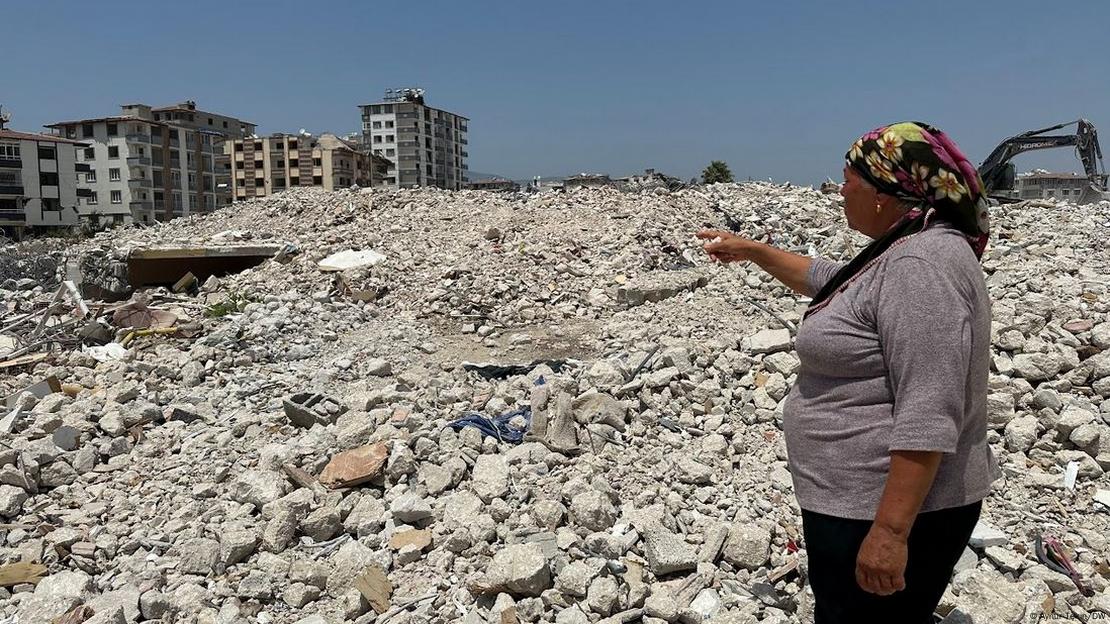
Leyla Seker wants to continue living in her former neighborhood, even though it's been reduced to rubble. She spent 32 years working outside the country to save money to buy her house — the same house that was demolished a month ago.
"I don't want to move to a new area," she says. "I worked so hard to build my life here. My apartment was the only thing I had in the world."
PHOTOS: Aynur Tekin/DW
This article was translated from German.


